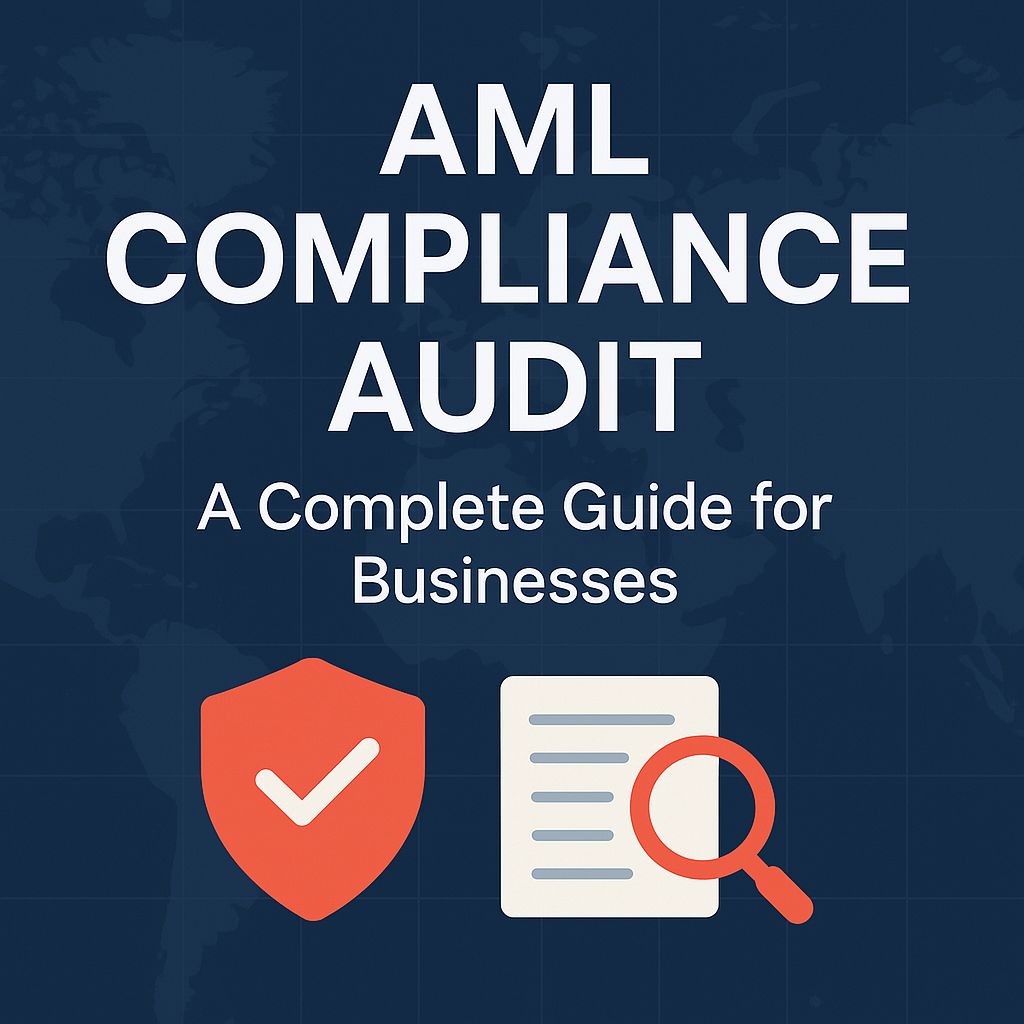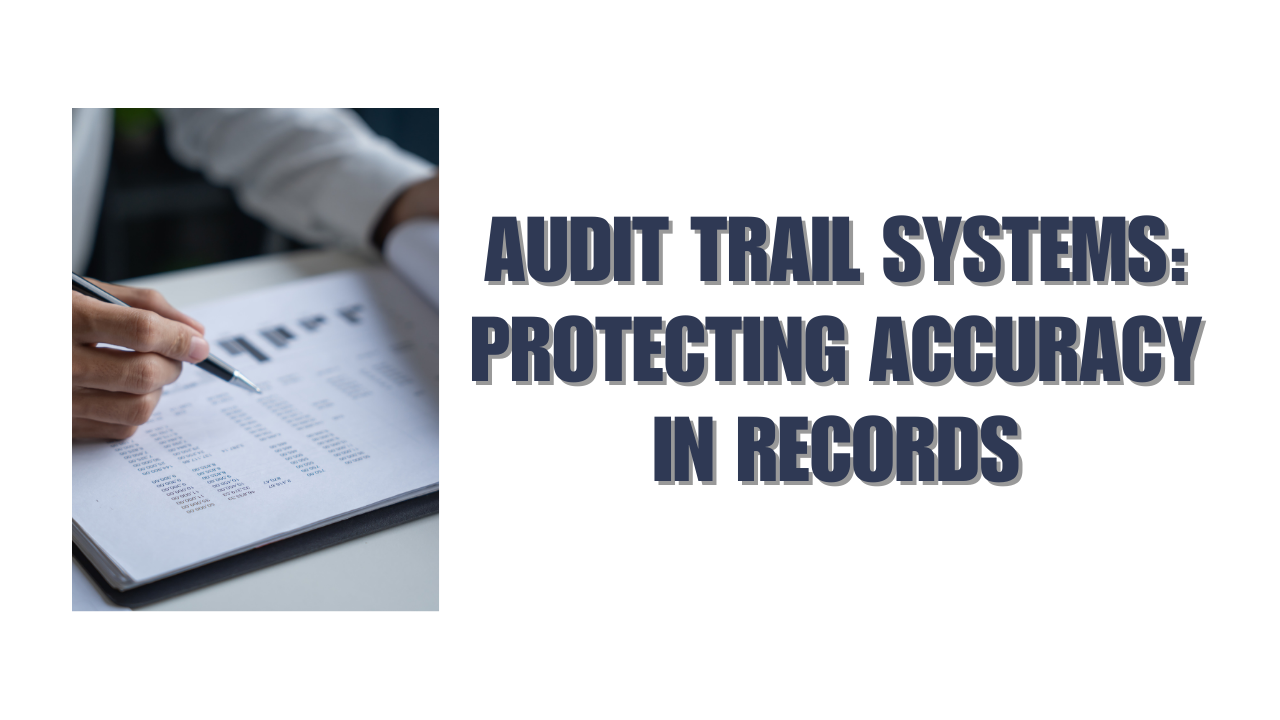Money laundering remains a major global issue, and governments worldwide have created strict laws to stop it. But it’s not enough for businesses to say they follow the rules—they need to prove it. That’s where an AML compliance audit comes in.
An AML compliance audit checks whether a business is following anti-money laundering (AML) laws and has effective systems in place to prevent financial crime. It is more than a routine check—this audit reviews how well your AML program is working in practice.
In this article, we’ll explain what an AML compliance audit is, why it matters, what the key requirements are, and how to prepare for one. Whether you’re in banking, accounting, law, or real estate, this guide will help you stay compliant and audit ready.
What Is an AML Compliance Audit?
An AML compliance audit is an independent review of your company’s anti-money laundering systems, policies, and procedures. It checks whether your AML program is designed well, implemented correctly, and working as intended.
The purpose is to:
- Identify gaps or weaknesses in your AML framework
- Ensure you are meeting legal and regulatory obligations
- Improve internal processes
- Reduce the risk of non-compliance and financial penalties
This audit must be conducted by someone who is independent from your day-to-day compliance operations—either an external expert or a qualified internal party. Most countries require these audits to be done every one or two years, depending on your risk profile and industry.
Failing to conduct an AML compliance audit—or doing it poorly—can lead to fines, regulatory enforcement, and reputational damage.
Why AML Compliance Audits Are Important
AML compliance audits are important because they keep your business honest, secure, and legally protected. They help identify blind spots in your AML program before regulators or criminals do.
Here’s why they matter:
- Regulatory Compliance
Laws in countries like New Zealand, Australia, the U.S., and the UK require regular AML audits for reporting entities. Skipping them is not an option. - Fraud Prevention
Audits can reveal areas where suspicious activity might go unnoticed, helping you tighten your controls before damage occurs. - Reputation Management
Being caught in a money laundering scandal—even by mistake—can destroy customer trust. An audit shows you’re serious about doing things right. - Operational Improvement
Audits don’t just point out problems—they also help improve training, systems, and governance.
In short, an AML compliance audit is not just a checkbox—it’s a smart investment in your business’s future.
Key Components of an AML Compliance Audit
A proper AML compliance audit reviews several critical areas of your business. Here are the main components:
1. Risk Assessment Review
Auditors will check if your business has a recent, detailed, and business-specific AML risk assessment. It should cover customer types, geography, services offered, and delivery channels.
2. Policy and Procedure Evaluation
Your written AML policies must match your actual practices. Auditors will assess if the documentation reflects legal obligations and your unique risks.
3. Customer Due Diligence (CDD)
Auditors test whether CDD is done consistently and correctly. This includes customer verification, enhanced due diligence for high-risk clients, and ongoing monitoring.
4. Suspicious Activity Monitoring
Auditors check whether your systems and staff are capable of identifying and reporting unusual transactions. They may review reports submitted and any cases escalated internally.
5. Training Programs
Your staff must receive regular AML training. Auditors will review the frequency, content, and proof of completion for all relevant employees.
6. Internal Controls and Governance
Who’s responsible for compliance? Auditors look at your internal oversight structure and whether management takes AML seriously.
7. Recordkeeping
Audit teams will verify whether records (such as customer identification and SARs/STRs) are retained and accessible for at least the minimum required period—usually five years.
What to Expect During an AML Compliance Audit
If you’re preparing for your first AML compliance audit, it helps to know what to expect. Here’s how the process typically works:
1. Planning and Preparation
The auditor will request access to policies, risk assessments, and staff. They may send a pre-audit checklist or questionnaire to gather initial information.
2. Document Review
They’ll examine your AML policy, compliance logs, training records, client onboarding files, and any suspicious activity reports filed.
3. Interviews and Testing
Expect interviews with key staff involved in compliance. The auditor may also test customer files to see how policies are applied in real life.
4. Gap Analysis
After collecting data, the auditor compares your practice against regulatory standards and best practices. Any gaps or weaknesses are flagged.
5. Audit Report
You’ll receive a written report detailing what’s working, what isn’t, and what actions are required. This becomes your action plan.
Being prepared and cooperative during this process helps ensure a smooth audit—and demonstrates that your team takes compliance seriously.
Common Issues Found in AML Compliance Audits
Even well-meaning businesses can fall short during an AML audit. Here are some of the most common issues found:
- Outdated Risk Assessments: Many businesses fail to update their AML risk profiles as operations change.
- Generic Policies: Copy-paste templates that aren’t tailored to the business raise red flags.
- Weak Customer Due Diligence: Inconsistent onboarding and missing client documents are common.
- Untrained Staff: Employees who don’t know AML basics pose a serious compliance risk.
- Lack of Recordkeeping: Poor documentation makes it difficult to prove compliance.
- No Independent Review: Skipping the independent audit is a direct breach of AML laws.
Addressing these issues early can save your business from regulatory trouble.
How Often Should AML Compliance Audits Be Done?
The frequency of AML audits depends on your industry and risk level, but most regulators require at least one independent AML audit every two years. High-risk businesses, like those handling large amounts of cash or operating across borders, may need annual audits.
You should also consider an audit if:
- Your business model changes
- There’s a significant increase in client activity
- New laws or regulatory guidance are introduced
- You’ve identified serious AML control failures
An audit isn’t just about ticking a box—it’s about staying on top of risk as your business grows.
How to Prepare for an AML Compliance Audit
To prepare for your next AML compliance audit, follow these steps:
- Review Your Risk Assessment
Make sure it’s current, detailed, and tailored to your business. - Update Your AML Policy
Check if it reflects the latest laws and your business operations. - Check Staff Training Records
Ensure everyone is trained, and you have documentation to prove it. - Test Your Systems
Try running mock scenarios to see how suspicious activity would be identified and reported. - Organize Your Records
Make sure client files, audit logs, and reports are easy to access. - Engage the Right Auditor
Use a qualified, independent party who understands your industry.
Being proactive in your preparation makes audits faster, smoother, and more effective.
FAQ: AML Compliance Audit
1. Who needs to conduct an AML compliance audit?
Any business classified as a “reporting entity” under AML laws must carry out a compliance audit. This includes banks, accounting firms, lawyers, money service businesses, and real estate companies. If your business handles large transactions or financial services, you’re likely required to conduct one. Check your local laws to confirm.
2. How is an AML compliance audit different from a regular audit?
A regular audit focuses on financials and accounting records, while an AML compliance audit focuses on anti-money laundering controls. It checks your policies, systems, and staff training to see if you’re following AML regulations. The two audits may overlap but serve different purposes.
3. Can someone from my company conduct the AML compliance audit?
The audit must be conducted by someone independent from daily AML operations. If your company is large enough to have a separate internal audit function, they might qualify. Otherwise, it’s better (and often required) to hire an external expert to ensure true independence.
4. What happens after an AML compliance audit?
After the audit, you’ll receive a formal report with findings and recommendations. If there are issues, you’re expected to take corrective actions within a reasonable time frame. Regulators may request to see this report and the steps you’ve taken to fix any problems identified.
5. What are the penalties for failing an AML audit?
Penalties vary by country but may include large fines, enforcement actions, reputational damage, and even criminal charges in serious cases. Regulators expect you to take AML compliance seriously and may conduct their own inspections if audits are skipped or ignored.
Final Thoughts
An AML compliance audit is not just a formality—it’s a vital part of running a responsible, secure business. It helps protect your company from money laundering risks, keeps you compliant with the law, and improves your internal systems.
By understanding the audit process, preparing in advance, and following the key requirements, you can ensure a successful audit every time.
Stay prepared, compliant and stay trusted.






